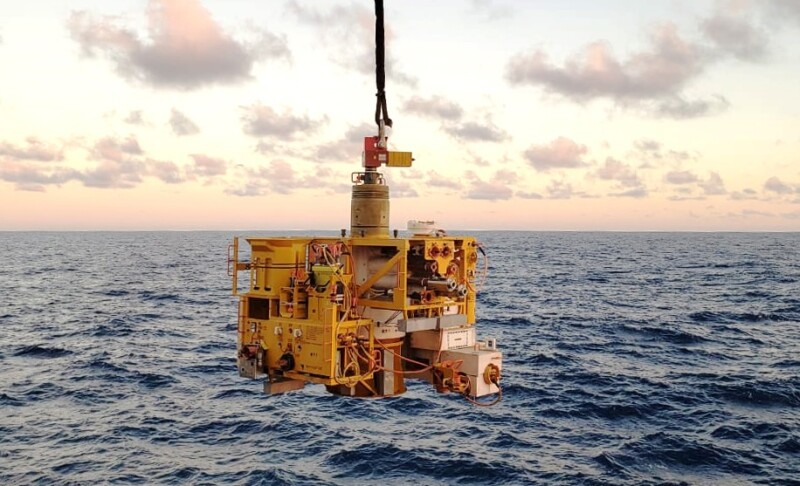TotalEnergies has awarded contracts to Saipem and TechnipFMC for its recently sanctioned GranMorgu project offshore Suriname.
Saipem announced on 14 November winning an engineering, procurement, construction, and installation (EPCI) contract valued at $1.9 billion for the subsea development of the subsea umbilicals, risers, and flowlines (SURF) package. TechnipFMC announced the same day winning an integrated EPCI contract valued at more than $1 billion for Subsea 2.0 equipment, including tree systems, manifolds, connectors, and topside control equipment while also supplying umbilicals, flexible jumpers, and flexible risers.
Block 58 operator TotalEnergies and partner APA Corporation announced final investment decision (FID) on the $10.5-billion GranMorgu development in Block 58 offshore Suriname last month.
The GranMorgu project—the first major subsea project offshore Suriname—will develop the Sapakara and Krabdagu oil discoveries, which TotalEnergies said jointly hold estimated recoverable reserves of more than 750 million bbl. First oil is expected in 2028 to an FPSO using SBM Offshore’s Fast4Ward FPSO hull. The FPSO will be capable of handling 220,000 BOPD and moored 150 km (93 miles) off the Suriname coast.

Saipem will handle engineering, procurement, supply, construction, installation, precommissioning, and assistance for the commissioning and startup of the SURF package. This project will require about 100 km of 10- to 12-in. subsea production flowlines, 90 km of 8- to 12-in. water and gas injection lines. The flexible risers, umbilicals, and associated structures will be installed in water depths of 100 to 1100 m.
Saipem plans to deploy both S-lay and J-lay vessels for the offshore campaign, which is scheduled for 2027 and 2028.
Saipem said it will cooperate with TechnipFMC to optimize integration of the work under a commercial alliance the companies created in 2021 to pursue subsea projects. TechnipFMC said the project combines its subsea architecture expertise with Saipem’s EPCI solutions and pipelay capabilities to accelerate time to first oil and increase schedule certainty.
TotalEnergies operates Block 58 with 50% interest on behalf of APA Corporation with 50%.
Methane Monitoring
On announcing sanction of the GranMorgu project, TotalEnergies said GranMorgu scopes 1 and 2 emissions intensity will be below 16 kg CO2e/BOE, partly due to efforts to maximize local content.
On 14 November, TotalEnergies announced it plans to deploy continuous, real-time detection equipment at all its operated upstream sites as part of its aim to reach near-zero methane emissions by 2030. So far, the French company said, it’s on track to achieve the targeted 80% reduction in emissions by 2030.
TotalEnergies said it is already engaged in a number of initiatives aimed at reducing emissions, and that adding continuous detection equipment on all its operated upstream assets will enable real-time identification of both fugitive and stationary methane emissions so immediate corrective actions can be made to stop them.
TotalEnergies expect to fully implement the continuous detection plan by the end of 2025. The program will use technologies such as loT2 sensors, infrared cameras, flowmeters, and predictive emissions monitoring systems on combustion sources, and it will be used on existing facilities as well as projects now under development, such as the GranForgu FPSO.
“Continuous, real-time detection will enable our operators to act in an even more decisive manner in order to reduce our methane emissions and to repair leaks to achieve our near-zero methane emissions ambition,” Patrick Pouyanné, chairman and CEO of TotalEnergies, said in a press release.


